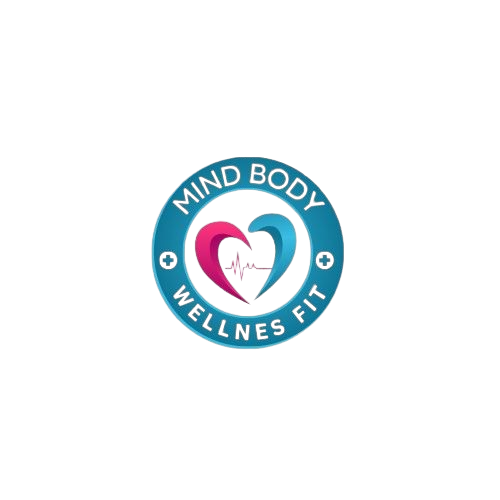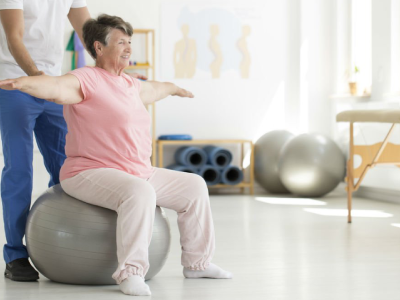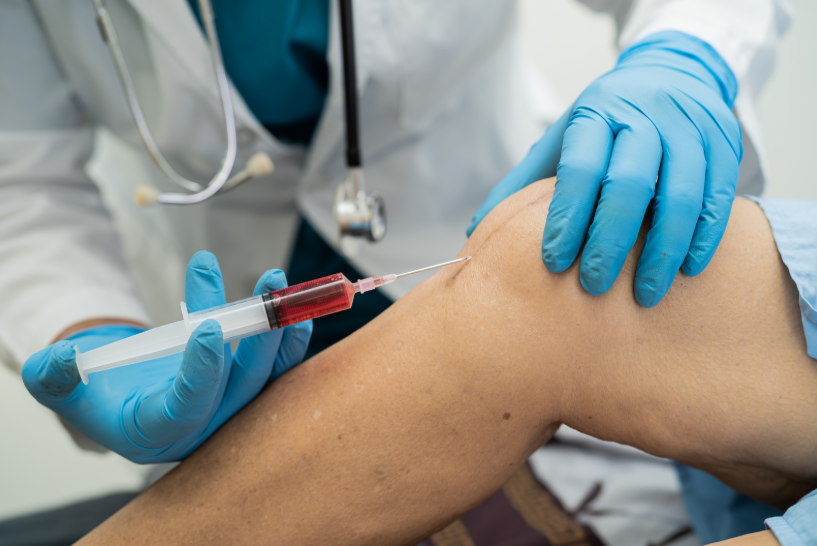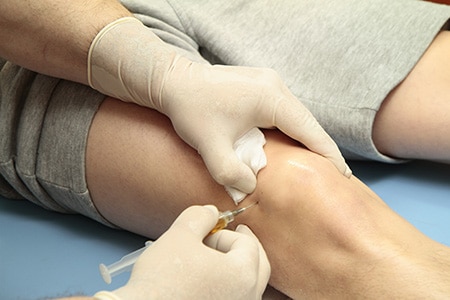Maintaining balance and proper gait is essential for daily activities, from walking safely to performing simple household tasks. When balance and gait disorders occur, they can severely affect independence, increase the risk of falls, and diminish overall quality of life. Understanding these disorders is the first step toward seeking the right treatment and regaining stability.
What Are Balance and Gait Disorders?
Balance and gait disorders refer to conditions that disrupt a person’s ability to maintain their posture and walk smoothly. Balance disorders make it difficult to stay upright or steady, while gait disorders affect the way a person walks, often resulting in unsteady or abnormal walking patterns.
These conditions involve complex interactions between the vestibular system (the inner ear structures responsible for sensing head movement and position), the somatosensory system (which provides proprioception or the sense of body position), and the musculoskeletal and neurological systems. When one or more of these systems are impaired, the body’s ability to maintain equilibrium and coordinate movement diminishes.
Common Causes of Balance and Gait Disorders
Several factors can lead to balance and gait disorders. Musculoskeletal issues, such as arthritis, muscle weakness, or joint pain, often cause instability by limiting movement or causing discomfort. Neurological conditions like stroke, Parkinson’s disease, multiple sclerosis, or peripheral neuropathy can disrupt the brain and nerves’ ability to coordinate balance and walking.
Inner ear problems, including vestibular neuritis, Meniere’s disease, or benign paroxysmal positional vertigo (BPPV), affect the vestibular system directly, leading to dizziness and imbalance. Aging is another common factor, as it naturally reduces muscle strength, joint flexibility, and sensory perception, making older adults more prone to falls.
Signs and Symptoms to Watch For
Identifying symptoms early is critical in managing balance and gait disorders effectively. Frequent stumbling or falls without clear reasons may indicate an underlying problem. People might notice changes in their walking pattern, such as shuffling feet, dragging toes, or uneven steps.
Other common symptoms include dizziness or vertigo, a sensation of spinning or lightheadedness, feeling unsteady while standing, and difficulty maintaining posture without support. If these signs persist or worsen, professional evaluation is necessary to determine the cause and prevent injury.
How Are Balance and Gait Disorders Diagnosed?
Diagnosis begins with a thorough clinical evaluation by a qualified physical therapist or healthcare provider specializing in movement disorders. A certified therapist will conduct a comprehensive movement screen, assessing balance, gait patterns, muscle strength, joint flexibility, and coordination.
Reviewing the patient’s health history helps identify any neurological, musculoskeletal, or vestibular conditions contributing to symptoms. Additional tests might include neurological exams, vestibular function tests, or imaging studies like MRI to rule out central nervous system causes.
Treatment Options for Balance and Gait Disorders
Treatment aims to manage symptoms, improve function, and reduce fall risk. Physical therapy plays a central role, focusing on exercises that enhance balance, strengthen muscles, and retrain gait. Therapists may use balance boards, stability exercises, and walking drills to restore proper movement patterns.
Vestibular rehabilitation therapy (VRT) is effective for patients with inner ear disorders, using specific head and eye movements to recalibrate the vestibular system and reduce dizziness. For some, assistive devices such as canes or walkers provide extra support during ambulation.
Lifestyle modifications, including removing fall hazards at home, wearing proper footwear, and maintaining regular exercise, complement therapeutic interventions and promote long-term stability.
Tips for Preventing Balance and Gait Disorders
Prevention strategies can help maintain balance and gait health across the lifespan. Regular physical activity that includes strength training, flexibility exercises, and aerobic conditioning supports musculoskeletal health and neuromuscular coordination.
Ensuring home safety by eliminating loose rugs, installing grab bars, and improving lighting reduces fall risks. Managing chronic conditions such as diabetes, arthritis, or vision impairments through proper medical care also protects balance.
Routine health check-ups can identify early signs of problems, allowing timely intervention before symptoms become severe.
When to See a Specialist
Certain symptoms require prompt medical attention, including sudden onset of severe dizziness, unexplained falls, weakness on one side of the body, or difficulty speaking or swallowing. Early diagnosis and treatment improve outcomes and prevent complications.
Consulting a physical therapist certified in movement screening is especially valuable for persistent balance or gait difficulties. These specialists tailor rehabilitation plans that address individual impairments and help patients regain independence and confidence.
Takeaway
Balance and gait disorders affect millions of people worldwide and can significantly impact daily life if left untreated. Recognizing the causes and symptoms, seeking timely evaluation, and following a targeted treatment plan are crucial steps toward restoring stability.
Expert physical therapy, vestibular rehabilitation, and lifestyle changes can help individuals manage symptoms effectively and reduce fall risk. If you or a loved one is experiencing signs of balance or gait problems, consider scheduling a professional assessment to begin the journey toward better balance and safer mobility.






